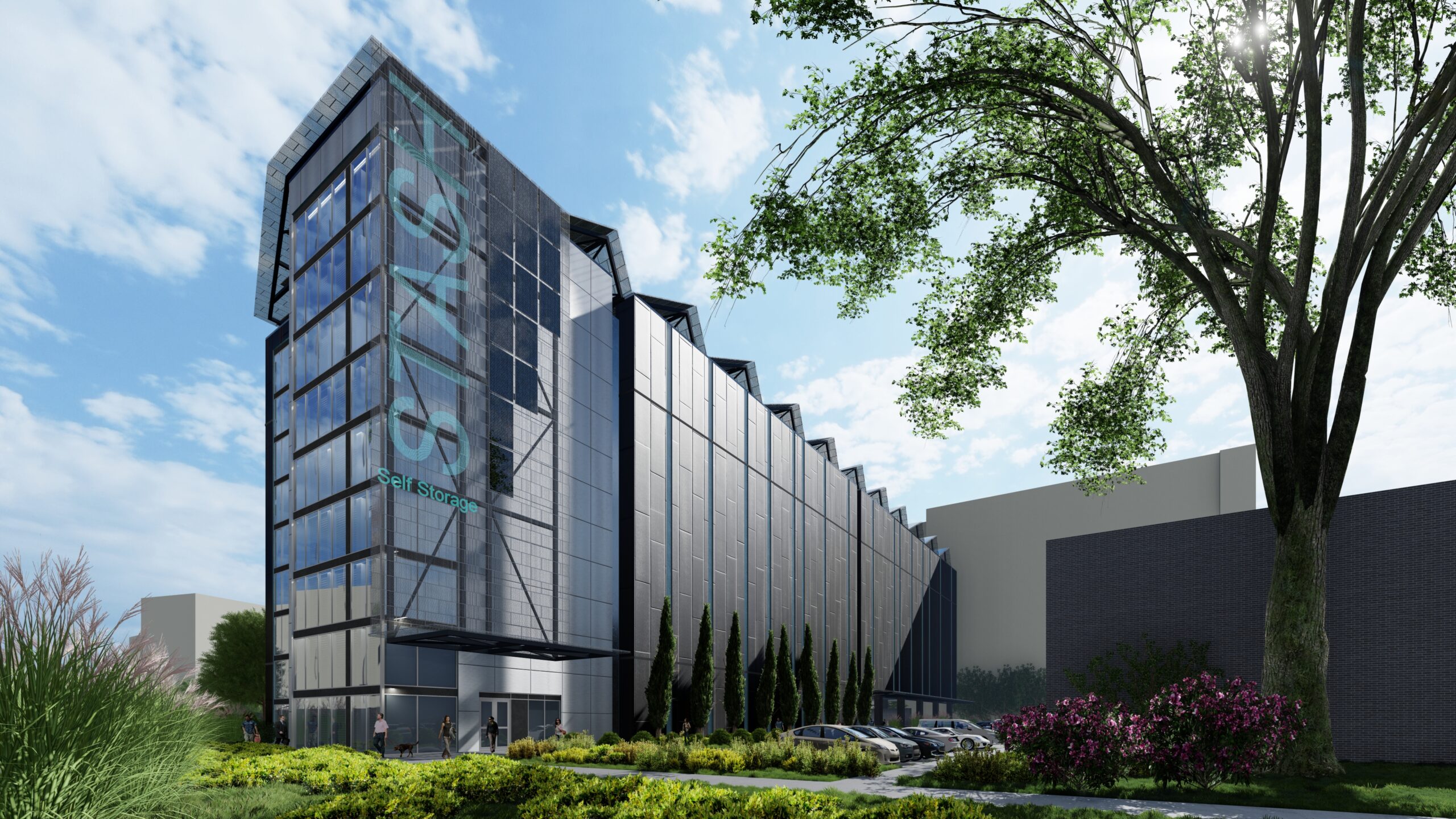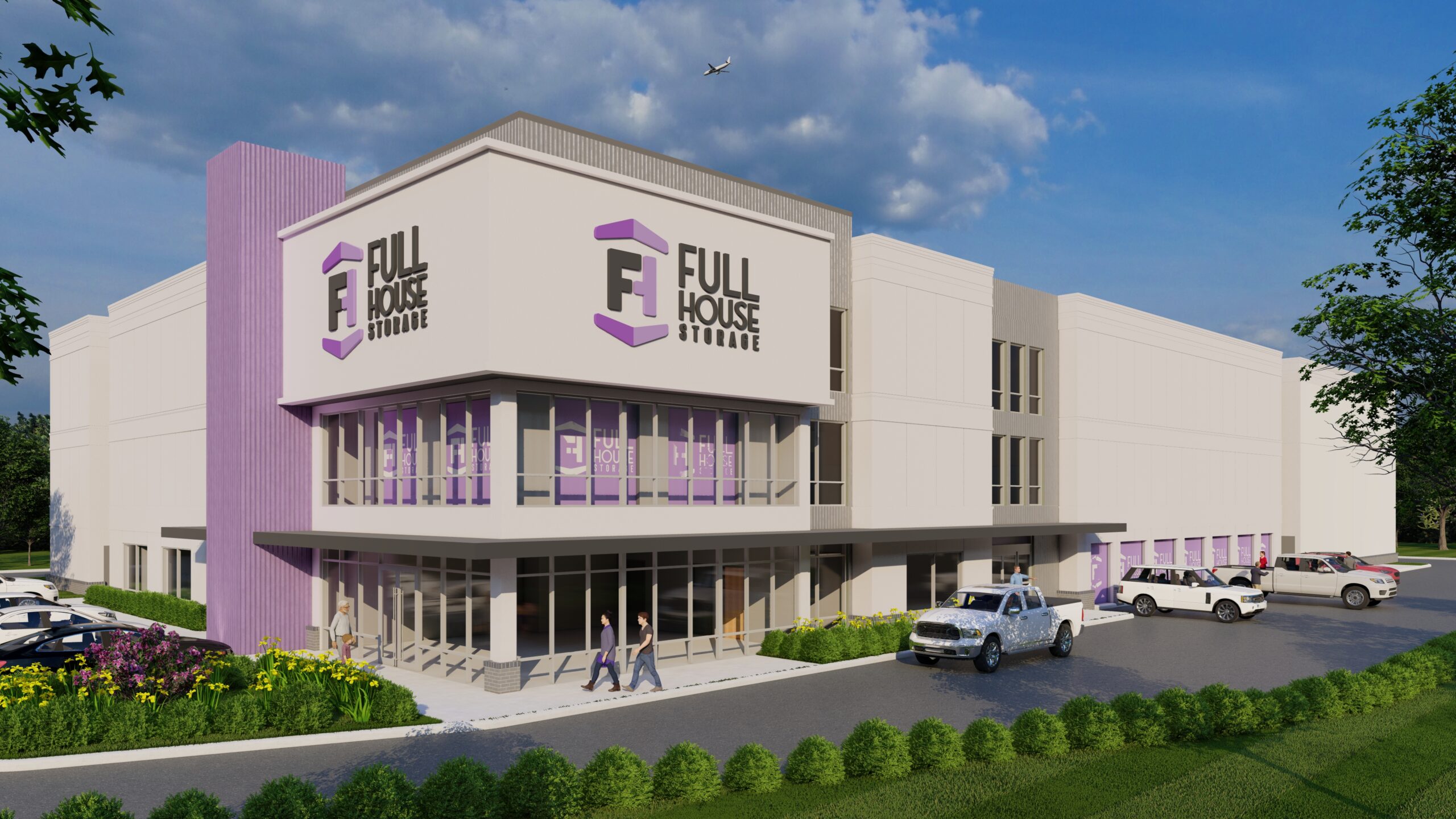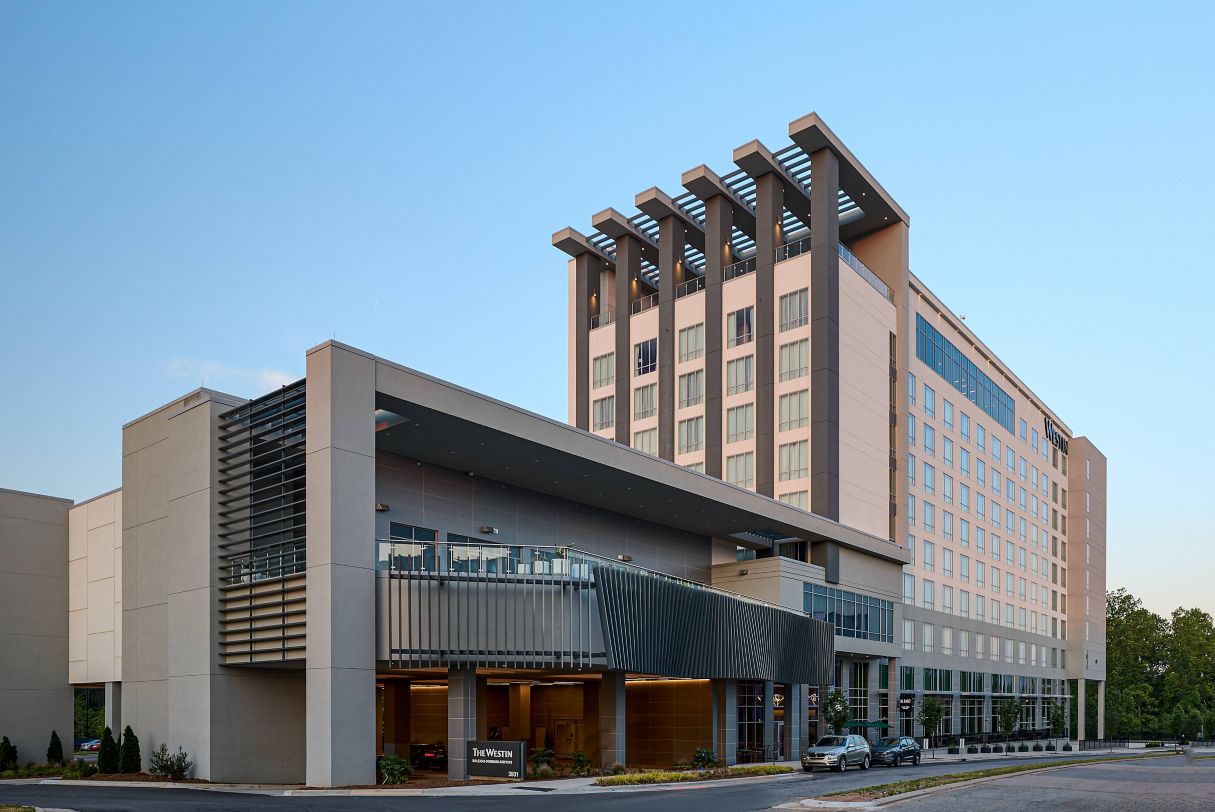September 2021
Greetings Friends,
Repurposing buildings, referred to as Adaptive Use Architecture, must be embraced by Charlotte as she matures into a world-class city. Adaptive Use Architecture respects Charlotte’s history and culture while helping to tell her “Story”. What is Adaptive Use Architecture, why is it important and what are the advantages and challenges that developers and architects face with repurposing buildings?
Adaptive Use is the process of repurposing buildings that have outlived their original purposes for different uses or functions, while maintaining a part of the local culture and history.
One advantage of adaptive use is that it is sustainable, saving the earth’s natural resources necessary to remake construction materials. Demolition typically results in the materials being dumped in the landfill unless the materials can be recycled. Older materials have a beautiful character that newer materials often lack. Repurposing buildings can save construction costs and the time of lengthy permitting approvals. Every building has a sense of history and is an integral part of the culture of a place. Whether it was built over 100 years ago as a textile mill or built in the 1960’s for automotive repair, the buildings tell a story about the people who lived there, toiled there daily and celebrated major life-events.
Charlotte is appreciative of the ladies who banned together to save the U.S. Mint that was constructed downtown in the 1830’s. The building faced demolition 100 years later before the local group helped to save the Mint and repurpose it for North Carolina’s first art museum.
There are many challenges with repurposing old buildings. There is an “Existing Building Code”, but the codes often lack the flexibility that architects need to keep existing windows intact or exposing heavy timber trusses. There are challenges with meeting new Energy Codes and ADA accessibility requirements with older buildings. There are often contamination issues. Structural reinforcing requirements today are stricter than they were 50 years ago. Renovating existing buildings can require tedious approvals from historical boards or special interest groups.
ODA Architecture has been a leader in Adaptive Use Architecture since our establishment in 1984. We believe in helping Charlotte to be sustainable, revealing a building’s Story, keeping the structure as part of Charlotte’s culture and giving the building another purpose for many more years. Adaptive Use Architecture requires creativity and determination with obtaining approvals, but can be very rewarding, reduce construction costs, and preserve a part of Charlotte’s history and culture.
Greetings Friends,
Repurposing buildings, referred to as Adaptive Use Architecture, must be embraced by Charlotte as she matures into a world-class city. Adaptive Use Architecture respects Charlotte’s history and culture while helping to tell her “Story”. What is Adaptive Use Architecture, why is it important and what are the advantages and challenges that developers and architects face with repurposing buildings?
Adaptive Use is the process of repurposing buildings that have outlived their original purposes for different uses or functions, while maintaining a part of the local culture and history.
One advantage of adaptive use is that it is sustainable, saving the earth’s natural resources necessary to remake construction materials. Demolition typically results in the materials being dumped in the landfill unless the materials can be recycled. Older materials have a beautiful character that newer materials often lack. Repurposing buildings can save construction costs and the time of lengthy permitting approvals. Every building has a sense of history and is an integral part of the culture of a place. Whether it was built over 100 years ago as a textile mill or built in the 1960’s for automotive repair, the buildings tell a story about the people who lived there, toiled there daily and celebrated major life-events.
Charlotte is appreciative of the ladies who banned together to save the U.S. Mint that was constructed downtown in the 1830’s. The building faced demolition 100 years later before the local group helped to save the Mint and repurpose it for North Carolina’s first art museum.
There are many challenges with repurposing old buildings. There is an “Existing Building Code”, but the codes often lack the flexibility that architects need to keep existing windows intact or exposing heavy timber trusses. There are challenges with meeting new Energy Codes and ADA accessibility requirements with older buildings. There are often contamination issues. Structural reinforcing requirements today are stricter than they were 50 years ago. Renovating existing buildings can require tedious approvals from historical boards or special interest groups.
ODA Architecture has been a leader in Adaptive Use Architecture since our establishment in 1984. We believe in helping Charlotte to be sustainable, revealing a building’s Story, keeping the structure as part of Charlotte’s culture and giving the building another purpose for many more years. Adaptive Use Architecture requires creativity and determination with obtaining approvals, but can be very rewarding, reduce construction costs, and preserve a part of Charlotte’s history and culture.



